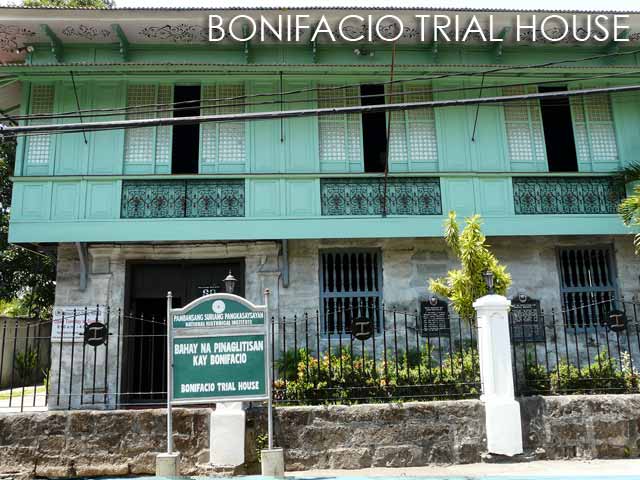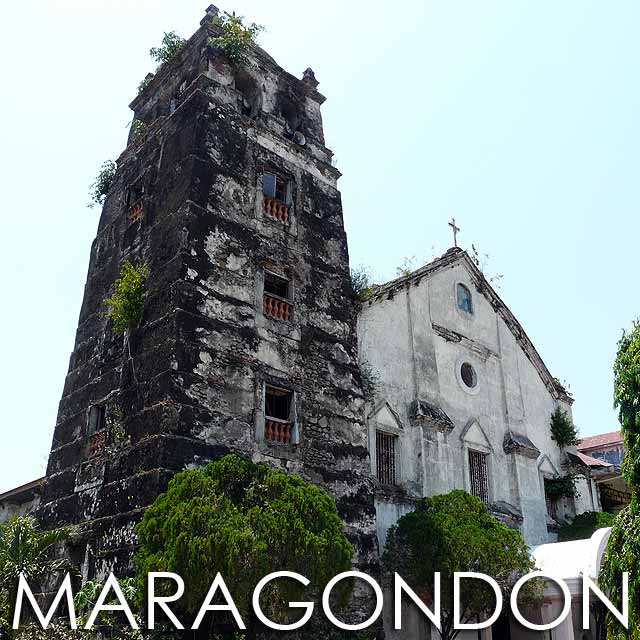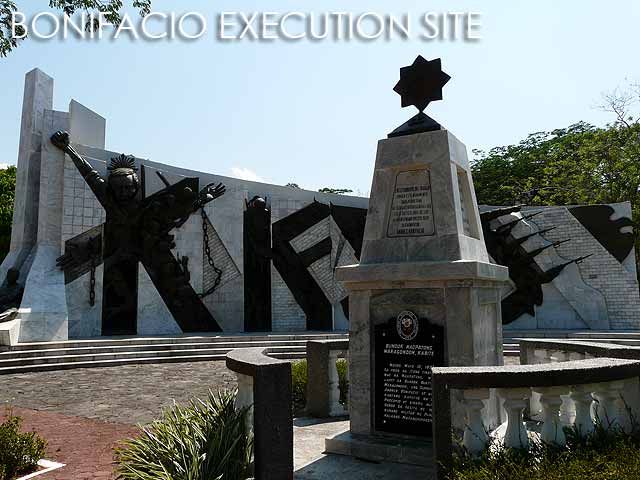
The drive from Pagudpud, Ilocos Norte to Vigan, Ilocos Sur was an interesting one too. After breakfast and checking-out from the Kapuluan Vista Resort in Mairaira Cove (Blue Lagoon), we drove down to Laoag to catch lunch at Saramsam Restaurant.

On the way, we made sure to stop at the Pasuquin Bakery to taste their really delicious soft biscocho bread. That stop is well worth it. The drive to Laoag is about 2 and a half hours and we were there just in time for lunch.


Saramsam Restaurant is also know for its Ilocano pizzas, particularly the Poque-Poque Pizza which has an eggplant and egg-based Ilocano dish for toppings. Also try out the Longaniza Pizza and their Dinardaraan (Dinuguan) Pizza. We also had local dishes that included igado, insarabsab and blanched vegetables with KBL (kamatis, bagoong and lasuna). Dessert was malunggay sherbet with kalamansi which was surprisingly good.
After Laoag, we went straight to Vigan which was another two hours away. We wanted to catch the street dance parade of the Viva Vigan! Binatbatan Festival so we made sure to leave Laoag as soon as we could reach Vigan before the parade started at 4 p.m.


As soon as we arrived, we checked-in at My Vigan Home, a by-reservations only private guest house. And we were off to Crisologo Street to enjoy the street dancing at the festival.
Part 1: Road trip to Pagudpud
Part 3: Arce Mansion in Vigan, a colonial Ilocano dinner experience
Part 4: Historic Town of Vigan, a UNESCO World Heritage Site
Part 5: Tres de Mayo Festival in Vigan, Ilocos Sur
Part 6: Where to stay in Vigan (Hotels & Accommodation)

































